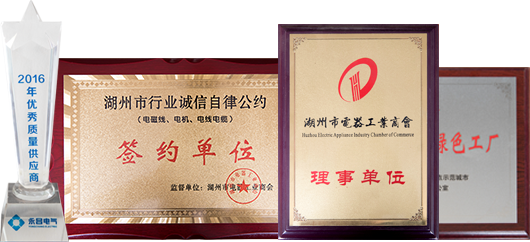How does the thermal resistance of UEW(QAL)180 CLASS 0.15mm-1.0mm (Swg38-19/ Awg35-19) Polyurethane Enamelled Aluminum Winding Wire compare to other types of enamelled wires used in motor winding applications?
The thermal resistance of UEW(QAL)180 CLASS 0.15mm-1.0mm Polyurethane Enamelled Aluminum Winding Wire should be evaluated based on its specific specifications and intended use. However, I can provide a general comparison with other enamelled wires commonly used in motor winding applications.
Copper Wire: Copper wires are often used in motor winding due to their excellent thermal conductivity. Copper has a higher thermal conductivity compared to aluminum, which means it can dissipate heat more effectively. Therefore, copper wires may have a lower thermal resistance compared to aluminum wires of the same size.
Enamelled Copper Wire: Enamelled copper wires are widely used in motor winding applications. They offer good thermal resistance and are suitable for various temperature ranges depending on the enamel insulation type.
Enamelled Aluminum Wire: Enamelled aluminum wires have a lower thermal conductivity compared to copper, which means they may have slightly higher thermal resistance. However, their performance can be enhanced by using materials like polyurethane insulation (as in UEW(QAL)180 CLASS wire), which can provide good thermal stability within their specified temperature range.
What advantages does UEW(QAL)180 CLASS 0.15mm-1.0mm wire offer in terms of weight savings compared to traditional copper winding wires?
UEW(QAL)180 CLASS 0.15mm-1.0mm Polyurethane Enamelled Aluminum Winding Wire can offer significant advantages in terms of weight savings compared to traditional copper winding wires. Here are some key advantages:
Lower Density: Aluminum has a lower density than copper. This means that for wires of the same volume (or diameter), aluminum wires will be lighter. The weight of copper winding wire can be up to three times that of an aluminum wire of the same size. This weight reduction is especially important in applications where weight is a critical factor, such as in aerospace or automotive applications.
Reduced Material Costs: Aluminum is generally more cost-effective than copper, which can lead to cost savings in manufacturing. This is especially relevant for industries where cost efficiency is a significant consideration.
Improved Efficiency: The reduced weight of aluminum winding wire can lead to improved motor efficiency. Lighter winding materials can result in lower rotational inertia in motors, reducing energy consumption and improving overall system performance.
Easier Handling: Aluminum wires are easier to handle due to their lighter weight. This can simplify installation and maintenance processes, particularly when dealing with long lengths of wire or large quantities in industrial applications.
Heat Dissipation: Aluminum has a lower thermal conductivity than copper, which can be an advantage in some motor applications. It may help dissipate heat generated during operation more effectively, potentially leading to improved motor performance and longevity.



